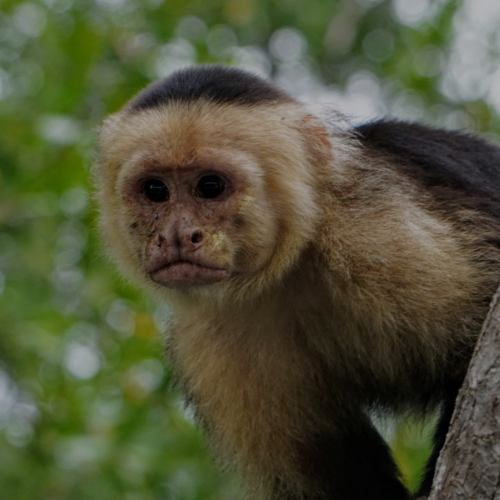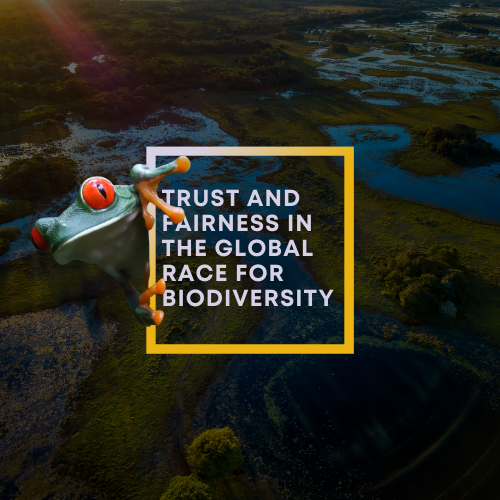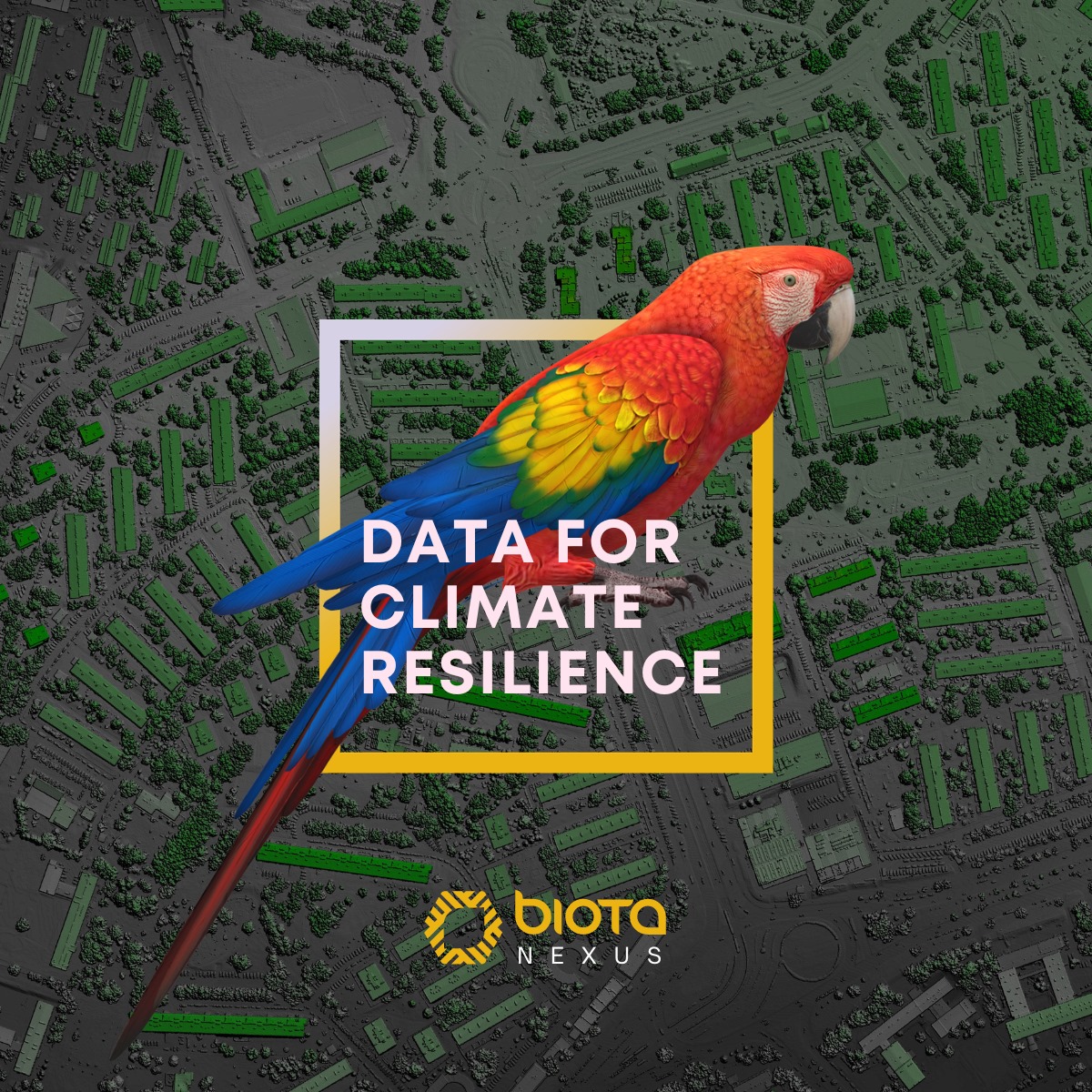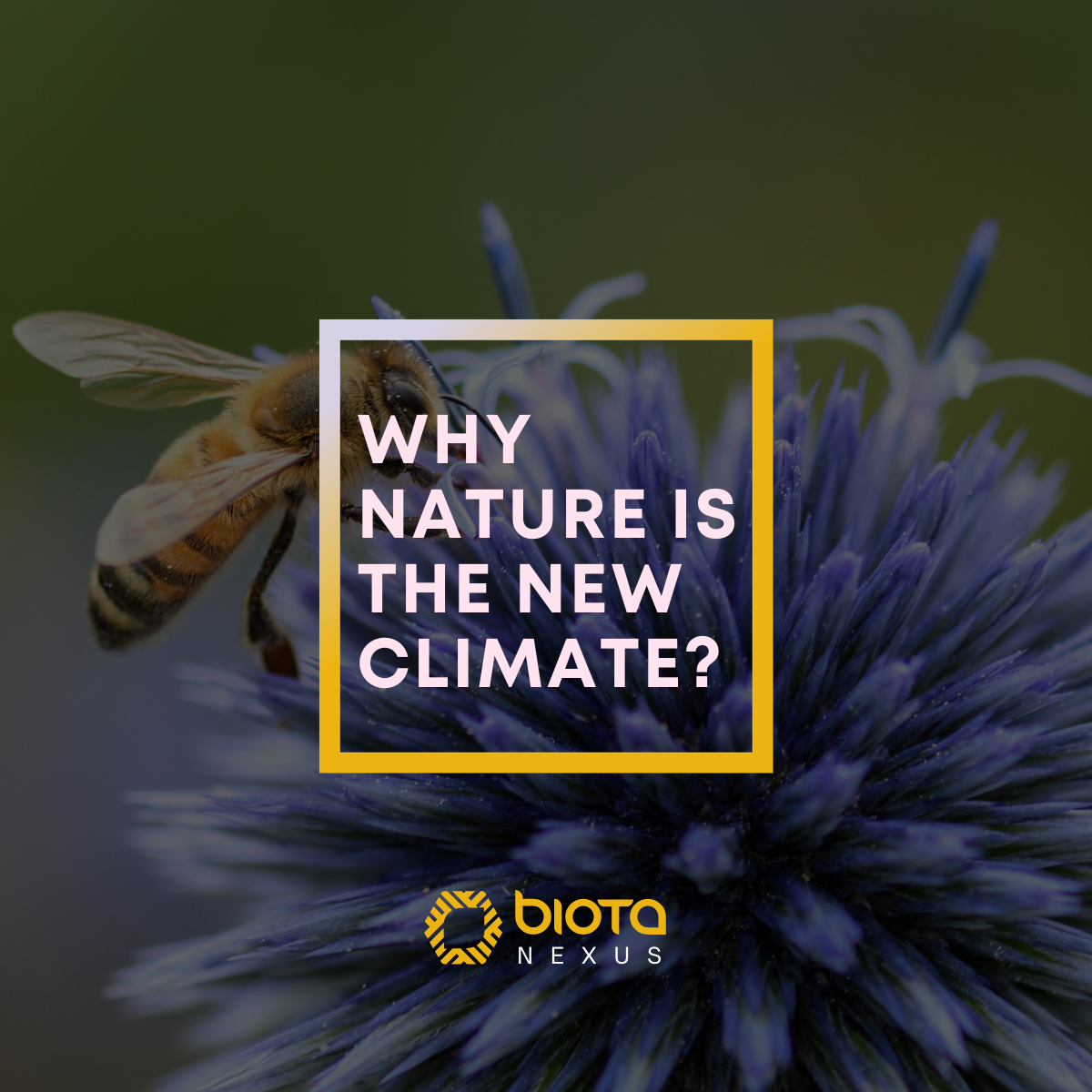Run for the Biodiversity Conservation Standards: Extending the Investment Beyond Carbon
In our rapidly changing climate and deteriorating environment, a singular focus on carbon reduction is insufficient. The need of the hour is a holistic approach—one that not only reduces carbon footprints but also conserves and restores global biodiversity.
Diversifying Climate Investments: A Need to Preserve Biodiversity
While carbon emission reduction has traditionally led climate-change mitigation, the intricacies of our global environment demand attention to biodiversity conservation. Moving from merely carbon-centered investments to ones that encompass biodiversity ensures the protection of diverse species, ecosystems, and biomes for a balanced, sustainable world.
VERRA’s Nature Framework: Pioneering Biodiversity Conservation
Verra, a leader in environmental standards, invites projects to trial its SD VISta Nature Framework. This initiative is designed to:
- Fund crucial nature conservation and restoration.
- Align with Global Biodiversity Framework objectives.
The successful pilot projects will shape the Nature Framework’s evolution. They emphasize tradable nature credits, enabling corporations and investors to support impactful projects, safeguard their value chains, and foster a nature-positive environment.
Key aspects of the Nature Framework include:
- Social and environmental safeguards to ensure integrity and quality.
- Standardized units, their measurement, additionality, project time commitment, credit durability, and baseline scenario.
Details about the piloting process can be found in the Terms of Reference (PDF).
ISO: Championing Biodiversity Standards
The International Standardization Organization (ISO) is a cornerstone in fortifying biodiversity standardization. ISO/TC 331, the ISO technical committee on biodiversity, convened its third plenary in April 2023, championing sustainable development contributions.
Key ISO/TC 331 projects include:
- ISO 13208 Biodiversity – Vocabulary: Ensuring consistency with definitions used by the conservation community.
- ISO 17620 Biodiversity – Process for designing and implementing biodiversity net gain: Building from the IUCN Biodiversity Offsets Policy.
- ISO 17298 Biodiversity – Strategic and operational approach for organisations: Including biodiversity specificity similar to the well-known ISO 14001 standard on the environment.
- ISO 17317 Biodiversity – Guide for the characterization of products derived from native species: Focusing on the sustainable use of wild species.
- ISO TS 18244 Biodiversity and the Food Sector: Guidelines on improving biodiversity performance within the food sector.
The overall engagement of ISO TC331 with IUCN and other national normative agencies emphasizes the importance of expert involvement and existing standardization efforts in the biodiversity field.
FSC Principles and the Evolution of Biodiversity Credits
The Forest Stewardship Council (FSC) principles also contribute to defining biodiversity management and gains. With the application of motions 37 and 45, millions of hectares of degraded forestland can be restored and managed in a responsible manner through the adoption of the FSC Principles and Criteria.
This growing trend is well articulated in the article “Are biodiversity credits the next market evolution?” by Katrina King. It highlights the emerging significance of biodiversity credits, presenting a significant opportunity globally.
The Run for the Biodiversity Conservation Standards is more than a mere call to action; it’s a vital shift in the global paradigm of environmental preservation. With the concerted efforts of organizations like VERRA, ISO, and FSC, along with emerging market mechanisms like biodiversity credits, the path to a sustainable future is becoming clearer.
These comprehensive approaches ensure that the focus is not only on carbon reduction but on an all-encompassing protection and enhancement of biodiversity. As institutions, governments, and corporations embrace these standards and principles, the world moves one step closer to ensuring a balanced ecosystem where every species has a chance to thrive, and humanity can sustainably coexist with nature.




